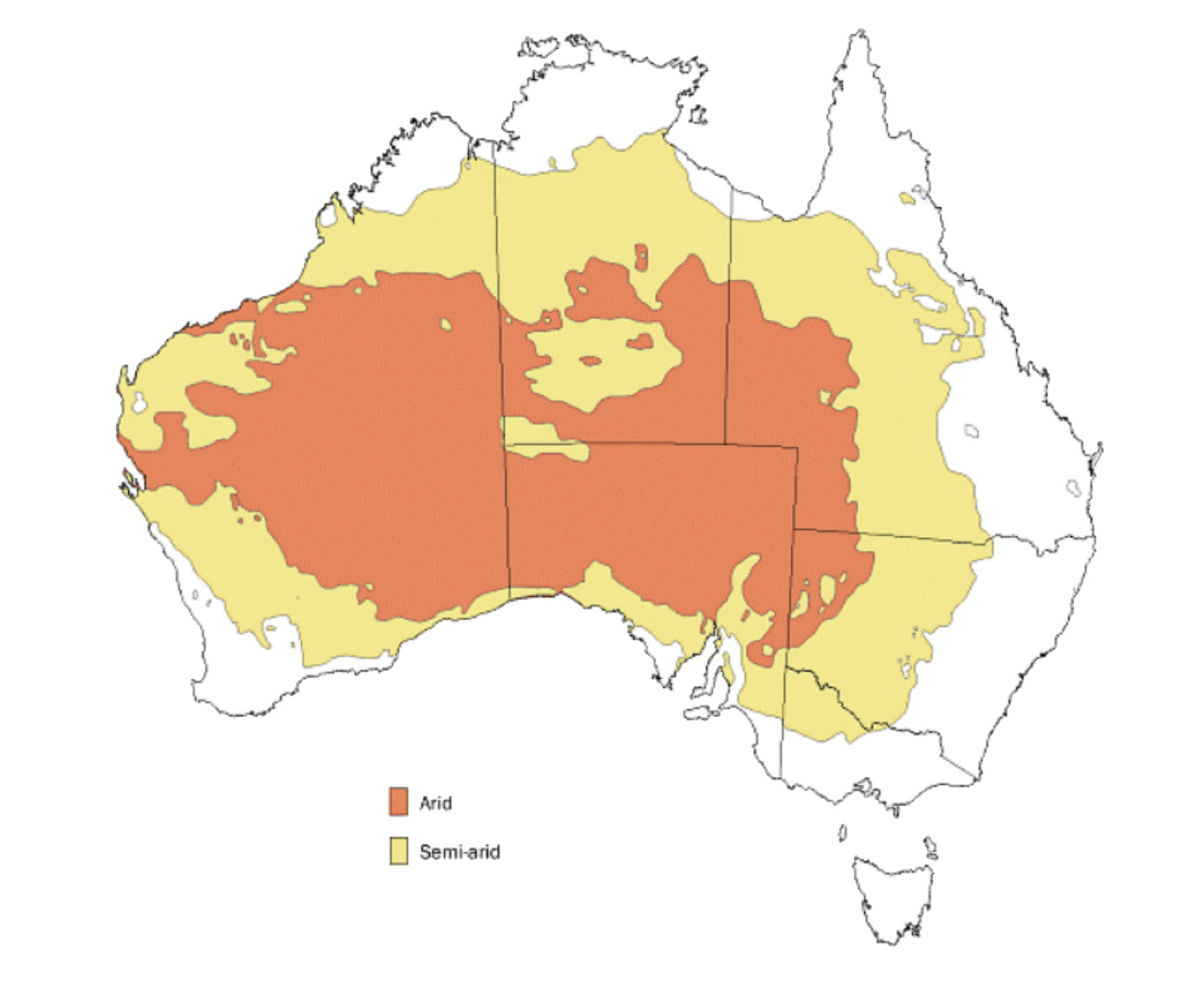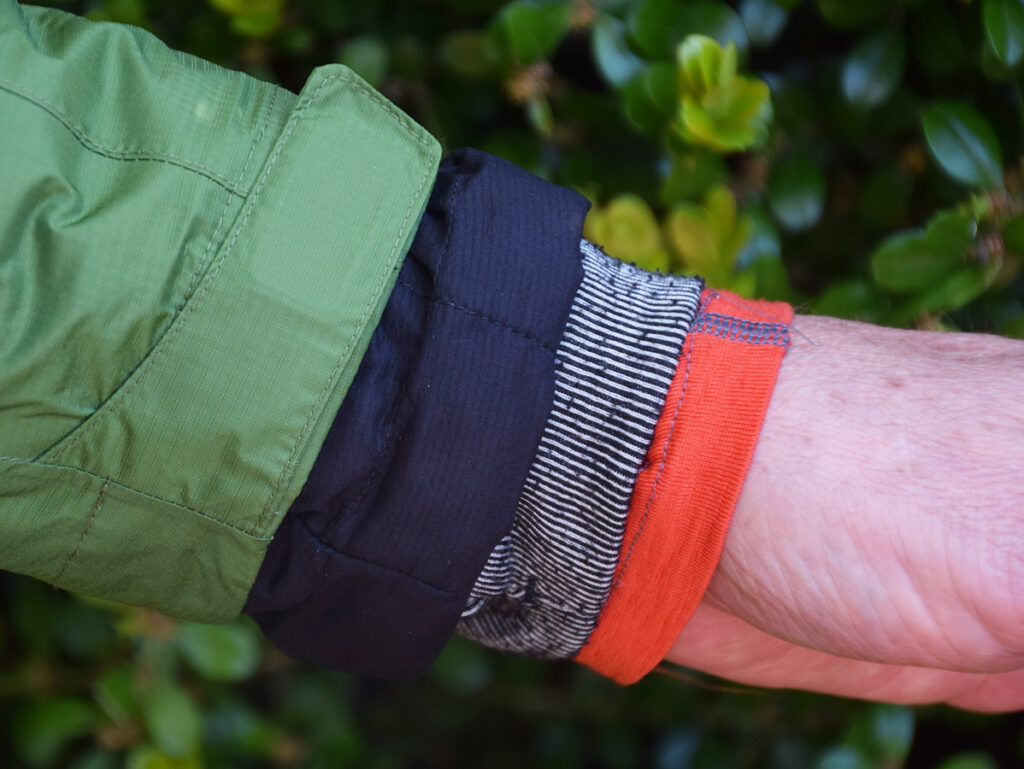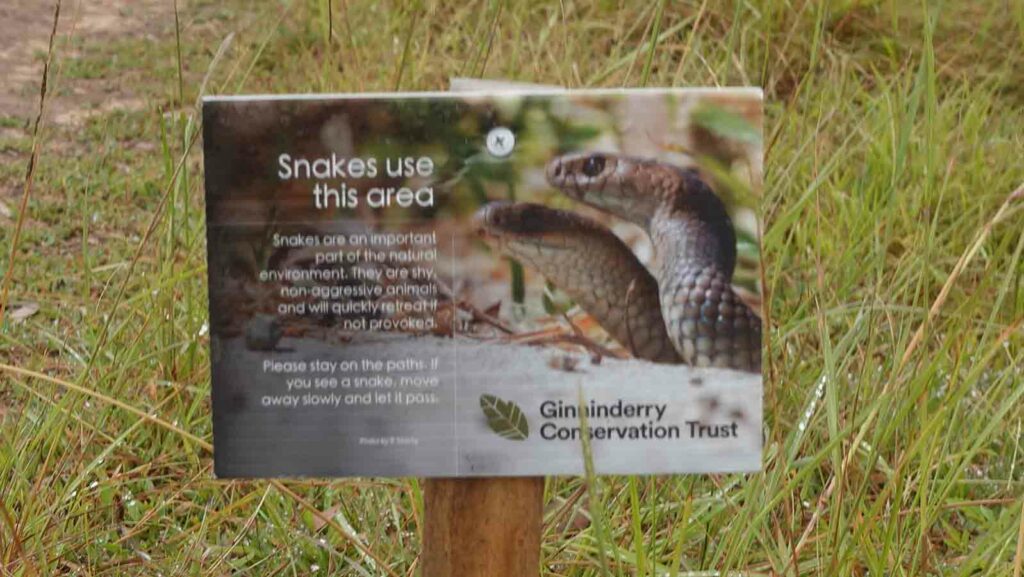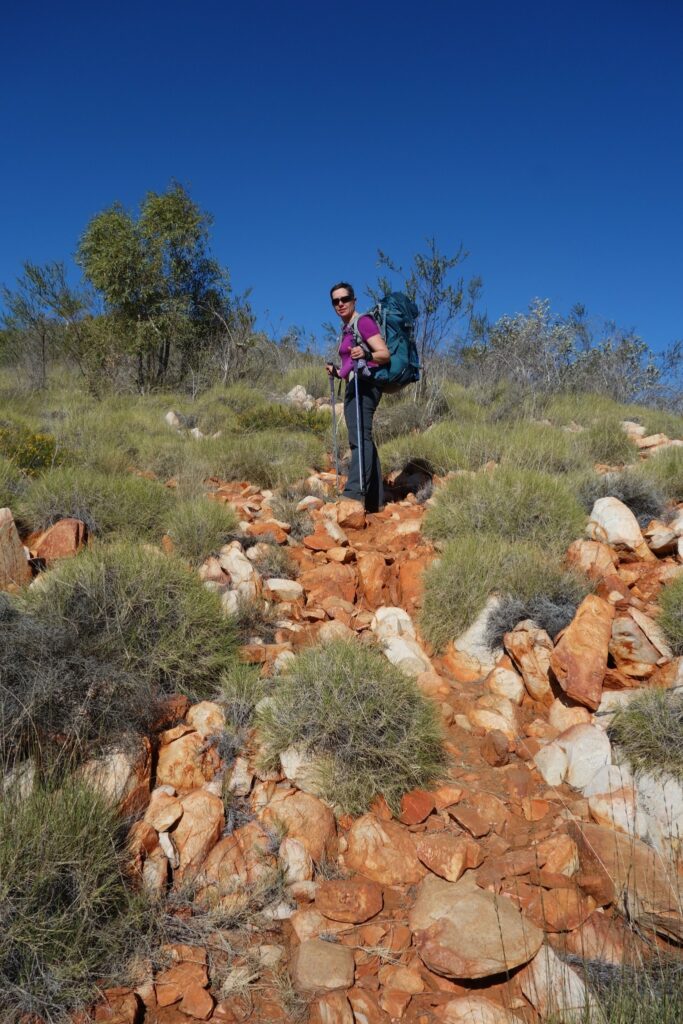Arid hiking
Hiking practice
Australia is a large continent with just about every type of environment and vegetation you can imagine ranging from coastal, to alpine, to forest; and then there’s our semi arid and arid regions which make up around 70% of the continent. As you would expect the majority of our country’s population live on the coastal fringes and this is where most hiking fanatics will get out bush, literally!
Now I’m a fan of hiking in the drier regions, preferring this type of landscape to the wetter locations of southern Australia that many others prefer. While the practice of planning hikes is the same no matter where you are, there are some specific considerations that hiking in the semi arid and arid regions of Australia require.
In this article we look at what these are.
Definitions
Australia is the driest inhabited continent in the world with 70% of our landmass classed as either semi arid or arid land. So what do the terms mean?
Semi Arid Zone
Semi arid zones are areas which receive an average rainfall between 250-350 mm.
Arid Zone
Arid zones are defined as areas which receive an average of 250 mm of rainfall or less per year.
Two Seasons
As a generalisation one thing to note here is that in many arid and semi arid regions there are typically two seasons:
- Wet Season
- Dry season
So rather than having small amounts of rainfall each and every month, some months tend to be very wet and others and tend to be very dry. In fact many of these regions will often get the majority of their rainfall over a relatively short period.

Map of the arid and semi arid zones in Australia
1. Temperatures
When most people think about arid and semi arid regions they automatically think ‘heat’ and in most cases you would be right. But if you’ve never been to this type of environment before you may not be aware that extreme ranges of temperatures can occur. A good example is the well known Larapinta Trail in the Northern Territory which is classed as an arid landscape. We walked this trail in August 2016 which for us was the first official hike for Australian Hiker. Over 14 days we had daytime temperatures as high as 32 degrees Celcius and as low as 0 degrees Celcius; on the same day!
From a planning perspective you need to plan for hot weather, but you also need to plan for sub zero temperatures as well.

Sea to Summit Spark II sleeping bag – night temperatures in arid regions can drop below 0 degrees Celcius and then soar above 30 degrees Celcius so make sure your equipment will cater for the extremes
2. Layering
To cater for extreme changes in temperature you need to become prepared, hypothermia is a consideration even in arid regions. On a number of days on the Larapinta Trail we started hiking with a puffy jacket on because it was so cold and as the sun rose we would start stripping off layers – this was usually not long after the sun came up.
Everyone’s layering system is unique with most people opting for a ‘4 layer system‘. The sun can be quite intense in semi arid and arid landscapes so I recommend you wear long sleeve tops and long pants rather than opting for a T-shirt. Having said that, most people I see on trail wear T-shirts in hotter weather but this then means you will need to liberally apply sunscreen throughout the day.
I usually don’t worry about gloves from a warmth perspective on arid and semi arid hikes but I do wear lycra fingerless gloves to prevent the back of my hands from getting sunburn particularly if I’m using trekking poles where the tops of my hands are exposed. Another option is wearing a lightweight long sleeve top with thumb loops, like the Icebreaker Men’s Cool-Lite Merino Long Sleeve Hoodie that also does the same job.
Whatever layering system you use, make sure it accommodates the expected extremes of your trip.
While we are on the topic of layering and protection from the elements, make sure you keep yourself protected from the sun and this includes a broad brimmed hat that provides protection to your neck, as well as sunglasses.

I use a 4 layer system and find it keeps me comfortable in temperatures a slow as -7 degrees Celcius up to temperatures in the mid to high 30s

Sunday Afternoons Ultra Adventure Hat – my hat of choice for hot conditions
3. Avoid the extreme heat
If you’re hiking in semi arid and arid environments try to avoid being out in the full sun during the hottest part of the day. This may mean starting to walk before the sun has come up, walking until mid to late morning, taking a break during the middle of the day when its the hottest, and then starting to walk later in the afternoon as the temperature starts to cool down and maybe walking into the night. I love night hiking if the conditions are right but that but whether I do or don’t depends on the trail.

Starting early to avoid the heat
4. Water
Regardless of the time of the year or the temperature, you should always drink plenty of water when you hike. This is particularly important when you’re heading into arid and semi arid regions. The hotter the weather the more you will drink:
- In cooler weather conditions (below approximately 20 degrees Celcius) I will drink 1 litre per 10 km walked
- In hot weather I will drink 1 litre per hour (which is roughly 2.5 litres per 10 km). On my longest hot weather day I consumed 8.5 litres of water
- If you have a long day hike ‘Camel up’ (i.e. drink a litre or more before you start your hike)
What all this means is that you need to ensure there is either water available on the trail or that you carry enough water to last you until your next water source. Knowing where reliable water sources are is important on every hike but particularly in arid regions. When hiking in the arid regions availability of water sources can be an issue, in fact there may not be any and you may need to carry a few days worth of water between one reliable water source and another.
I use a 3 litre water bladder when I hike and will drink small amounts regularly. My largest water carry on the Larapinta Trail was 7 litres and that was because we decided to camp in a location where there wasn’t any water.
One aspect that most hikers don’t think about is the impact of drinking too much water. This can be very serious and also life threatening. Hikers have died from drinking too much water! At the risk of over sharing use your urine colour to provide an indication of adequate hydration. If your urine colour is dark then you aren’t drinking enough water. If your urine colour is light or clear then you’re adequately hydrated. If you’re going to be hiking in the heat, go light on the alcohol which can dehydrate you. Apart from water itself, your body also loses various minerals as you sweat. If you’re hiking in the heat, particularly over multiple days, look at adding Hydralyte™ electrolytes, tablets or powder, to your water.
5. Flash flooding
We just talked about having enough water but sometimes there can be too much water. As mentioned, Australia’s arid and semi arid zones have erratic rainfalls often going for long periods without water and then all of a sudden periods of heavy rain.
Knowing what the weather forecast is a key planning aspect on any hike but in central Australia you can get heavy downpours of rain 50 km away that can impact on your current location. I can remember many years ago watching the US TV show Survivor when they filmed in central Australia and they decided to camp in a dry river bed. The idea is good because it’s often sandy and soft but they soon learned the hard way the impacts of flash flooding when their camp got swamped with water. Its really tempting to use dry river beds for camping but your best not to because flooding can come and often without warning. Always choose higher ground in arid and semi arid areas. If it looks like a dry river or creek bed, then its best to avoid it.
Even during the day pay attention to the prevailing weather and if its raining in the distance keep in mind that water needs to go somewhere and can impact one you even if it appears to be far away.
6. Learn to recognise negative impacts of heat
Hiking in the heat has the potential to be dangerous if you don’t pay attention to what your body is telling you. Learn to recognise how your body is reacting to the additional heat and make sure you know what to do. Common issues that can occur are:
- Sunburn: Wear long clothing and use sunscreen on exposed skin. The backs of hands are often an area that people tend to neglect
- Dehydration: By the time you realise you’re dehydrated the symptoms are already there. The obvious symptoms include headaches but one of the big problems is that when people become dehydrated they lose focus and their mental ability is impaired leading them to make poor judgements
- Heat Exhaustion: Heat exhaustion happens when someone becomes dehydrated due to loss of water from exercising or working in poorly ventilated conditions
- Heat Stroke: Heat stroke is a life-threatening emergency and can cause a person to collapse or fall unconscious. Heat stroke is serious and means the body is no longer able to regulate its temperature by cooling the skin’s surface through sweating. The internal body temperature rises, and organ damage can occur
If you’re a regular hiker you should ideally have an up-to-date first aid qualification, particularly if you hike in remote areas.

St John First Aid along with other organisations offer basic as well as wilderness first aid courses
7. Wildlife and vegetation
On just about any hike most people enjoy seeing the local wildlife. Arid and semi arid regions also have wildlife but often it tends to be of the smaller and less obvious varieties such as lizards and snakes. As much as I love seeing snakes that doesn’t mean they don’t startle me when I come across them without realising.
If you’re staying on a designated trail you may come across snakes running themselves in the middle of where you want to walk. If you’re walking off-trail through low vegetation they are likely to be there but you may not see them. Wear long pants and gaiters particularly if you are walking off-trail. I’d also recommend using gaiters on-trail for when you don’t see them.
Apart from snakes arid regions can have other wildlife issues including shoe stealing dingos, and food stealing rodents. While these creature can be an issue on trail in wetter parts of Australia they are often more of an issue in the drier regions.
Vegetation in arid regions is also an issue with one of the most common plants in arid regions, Spinifex, being your main hazard as it can penetrate clothing. If you plan on taking a break and sitting down on a rock, make sure you aren’t also going to sit on these sharp spiky plants at the same time. Even the small stunted versions can end up in your hands or your legs if you make contact with them.

Beware of snakes

The grey green plants in this image are Spinifex. They’re very sharp and pointy and can go through clothing if you brush against them or sit on them. If you don’t go off-trail, wearing long pants is fine. If you’re planning on walking off-trail always wear gaiters
Last words
Hiking in arid and semi arid regions might seem like a lot of work but it also has its rewards such as spectacular sunsets, great views and often, but not always minimal rain. I just love these arid landscapes more so than the wetter regions often found in other parts of Australia.
I don’t tend to revisit long distance hiking trails preferring to live in the memory of a great adventure and revisiting in my minds eye. The exception here is the Larapinta Trail, Australia’s premier arid region hiking trail. I loved this trail so much I’m planning on going back again some day.
To get the best out of these hikes you may need to change your hiking style and make allowances for the unique conditions you’re likely to experience but in the end and so long as you have done your planning, its worth it.